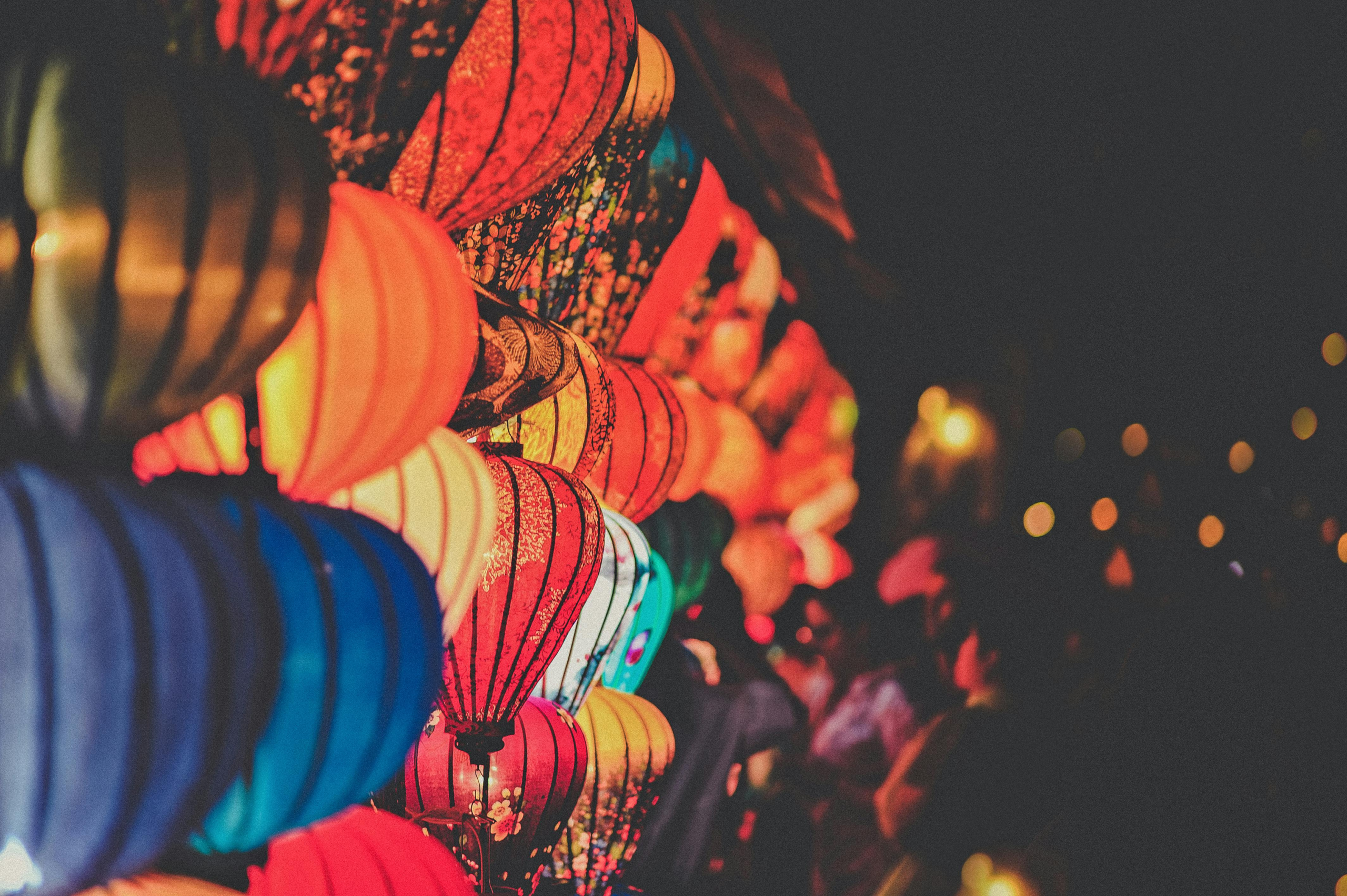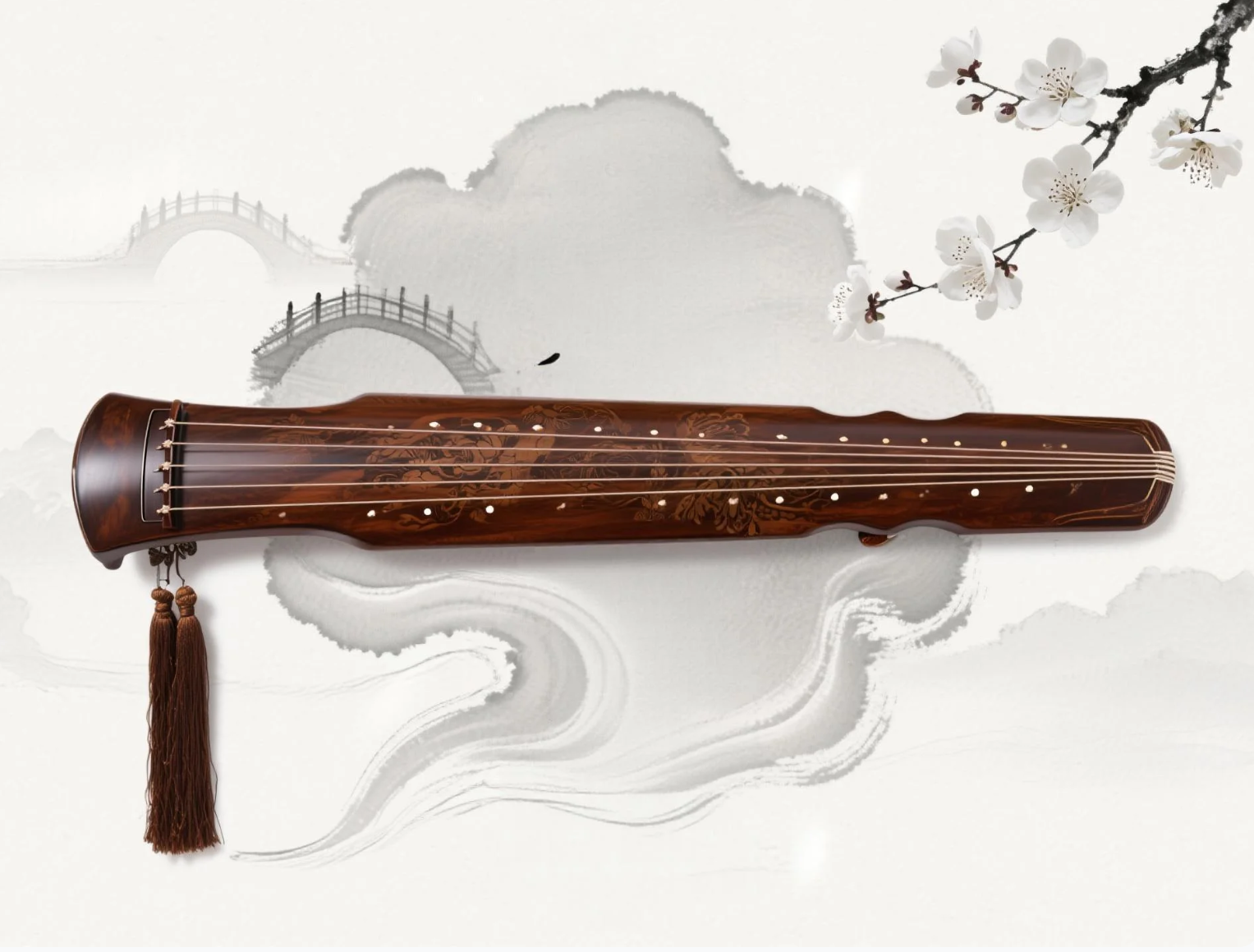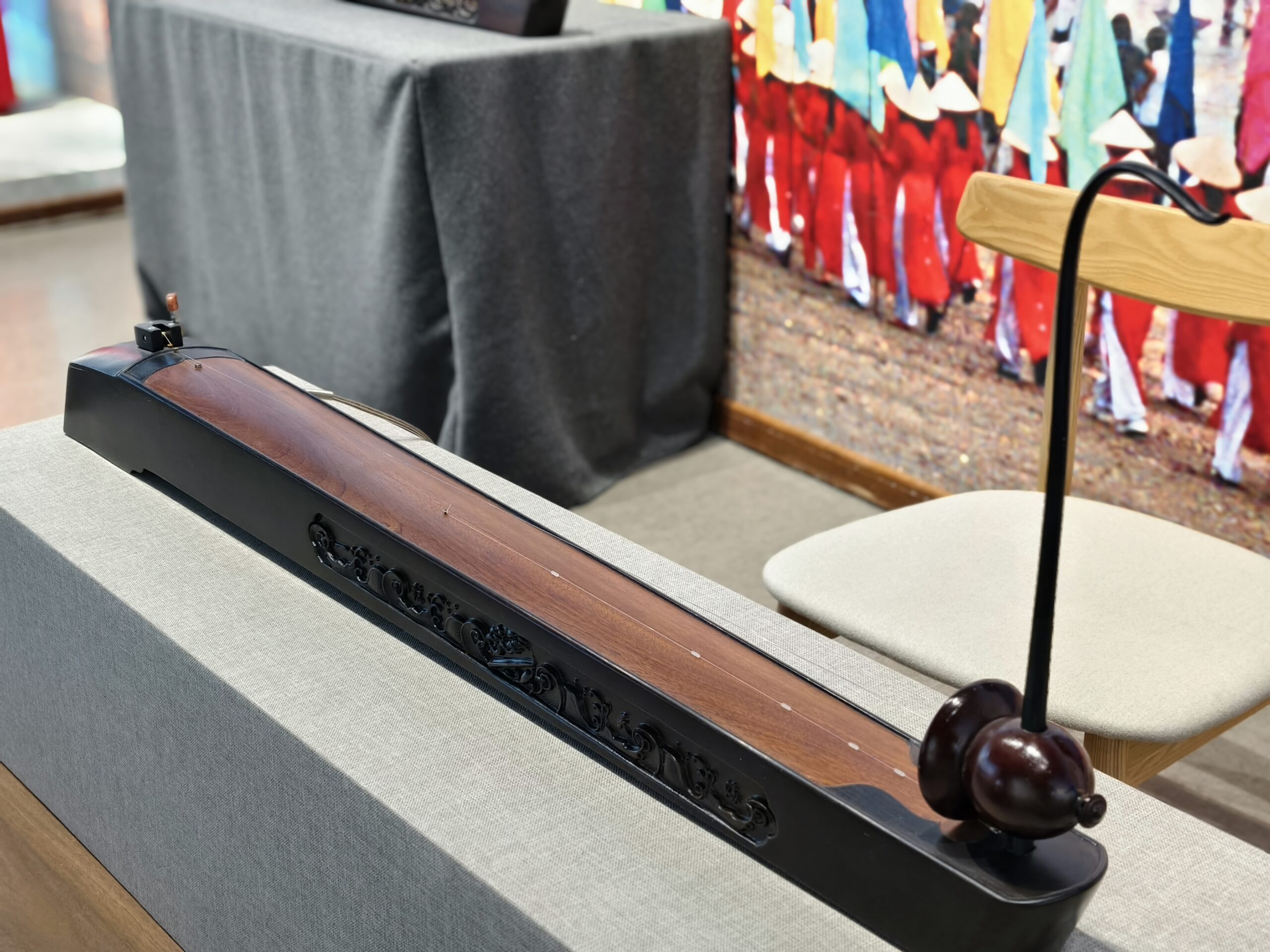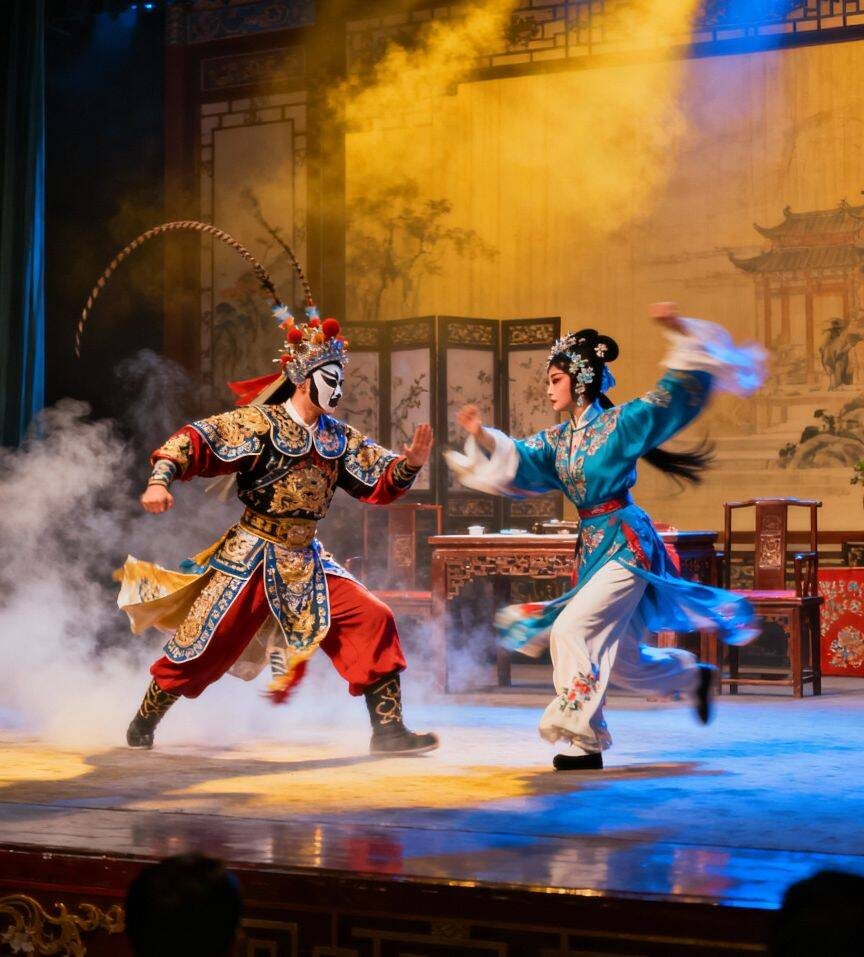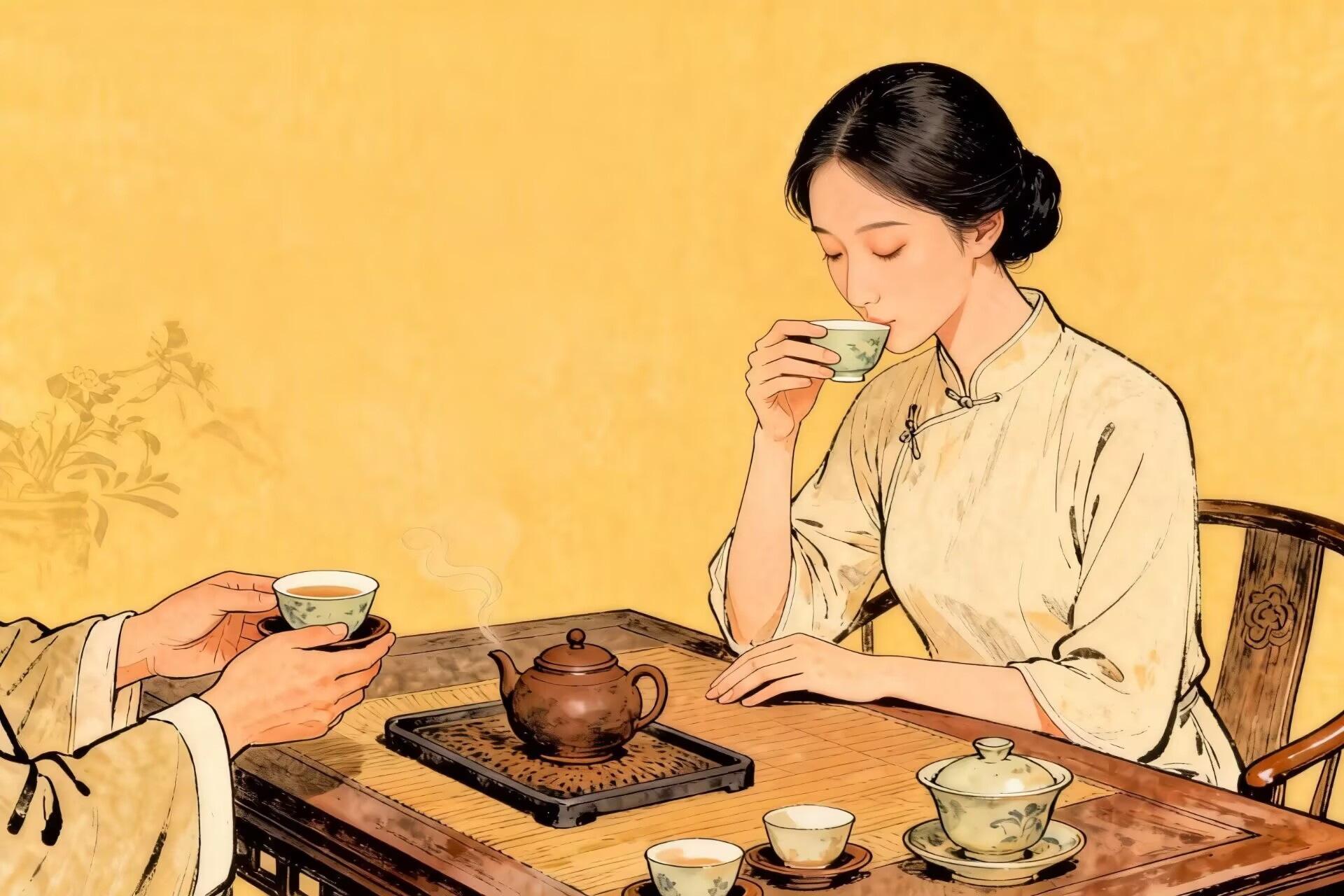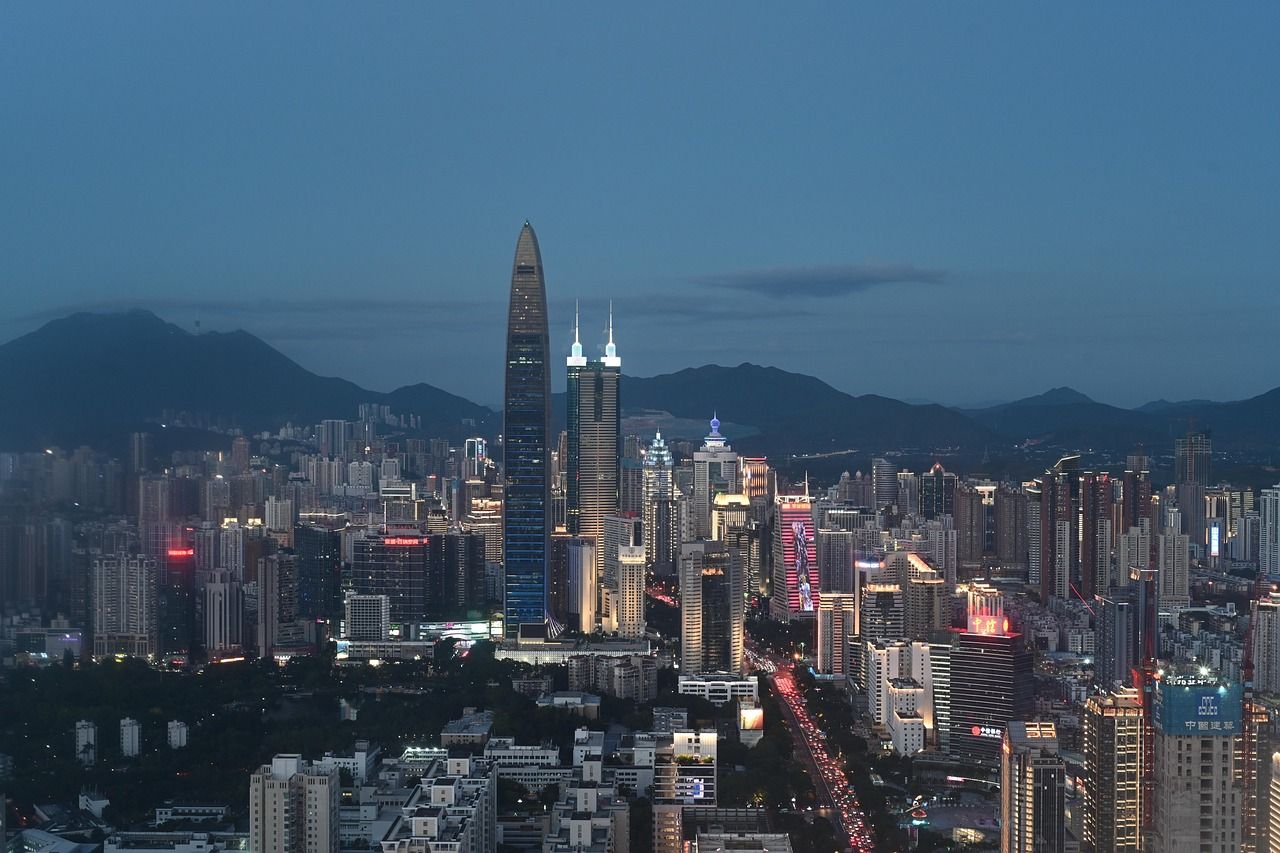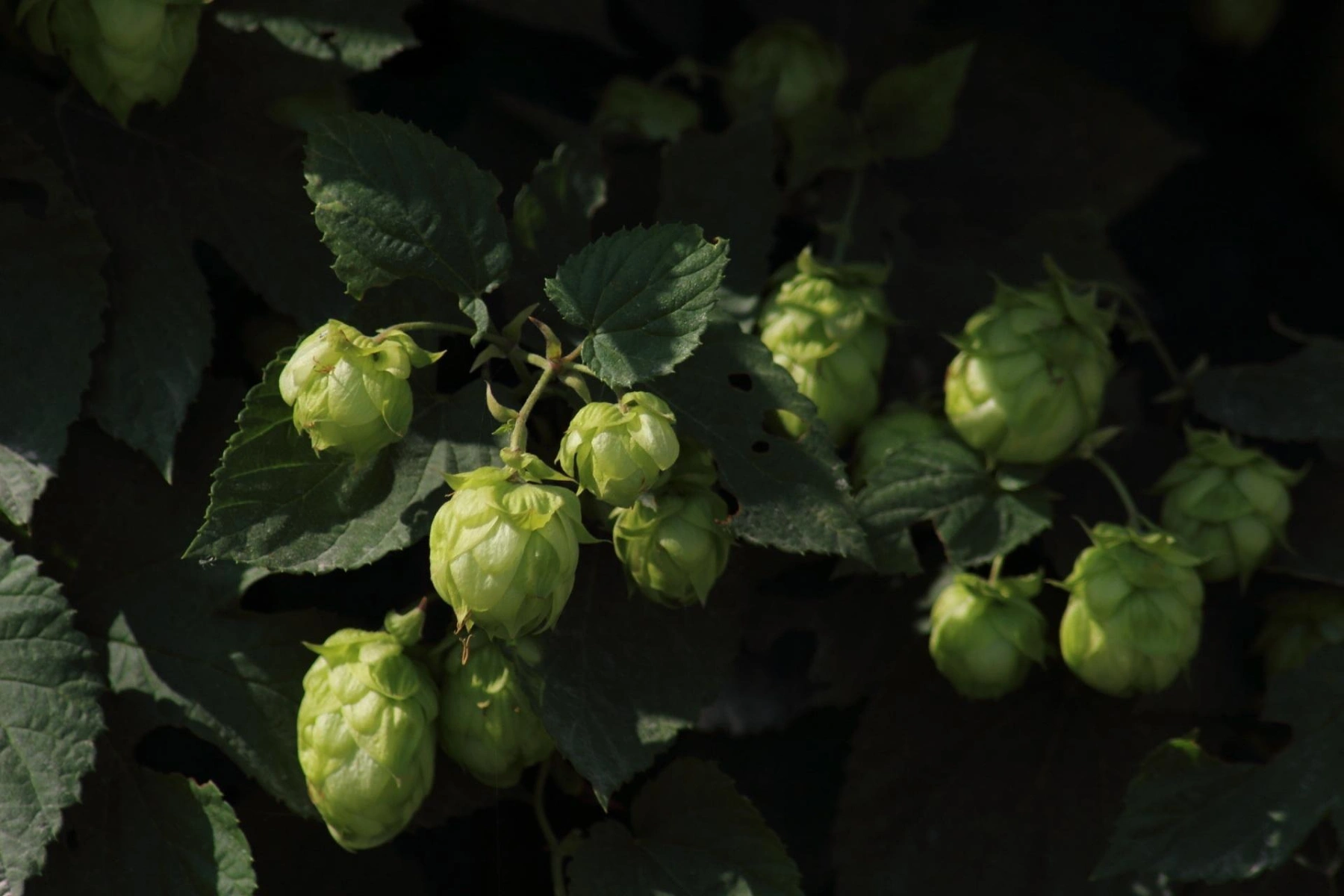I. Origin of the Lantern Festival
Time
It falls on the 15th day of the first lunar month. It serves as the “grand finale celebration” after the Spring Festival and also marks the first full-moon night of the new year.
Festival Origin
The origin of the Lantern Festival can be traced back to the Western Han Dynasty, with two core historical threads:
- During the reign of Emperor Wu of the Western Han Dynasty, people offered sacrifices to “Taiyi God” (the supreme deity of the universe) on the 15th day of the first lunar month. The ceremony, featuring lantern-lighting and music performances, laid the foundation for the “Lantern Festival”.
- To commemorate the suppression of the “Rebellion of the Seven Princes of Lü”, Emperor Wen of the Western Han Dynasty designated the 15th day of the first lunar month as a national celebration day, allowing people to go out and enjoy the night. This custom gradually spread. After the Wei, Jin, Southern and Northern Dynasties, elements like lantern riddles and dragon-lion dances were incorporated. In the Tang Dynasty, the curfew was lifted, turning the festival into a national carnival, which eventually developed into the Lantern Festival we know today.
II. Must-Experience Traditional Activities
1. Lantern Carnival
Recommended Venues
Zigong Lantern Festival (Sichuan Province): Features giant zodiac-themed lantern sets and intangible cultural heritage paper-cut lantern corridors, with English guided tours available.
Confucius Temple Area in Nanjing (Jiangsu Province): Offers night tours on painted boats along the Qinhuai River, with staff in traditional Hanfu providing explanations in English.
Participatory Activity
Make simple lanterns at the experience zones in scenic spots; finished works can be taken away as souvenirs.

2. Fun Interactions
Lantern Riddles: Bilingual (Chinese-English) riddle zones are set up at West Lake (Hangzhou) and Datang Ever-bright City (Xi’an). Those who solve the riddles can get gifts.
Dragon-Lion Dances: 3-4 performances are held daily at Qishilou (Zhangjiajie) and Yuyuan Garden (Shanghai). A 15-minute experience session is available after each performance, and professional photographers will take photos for participants.
Sky Lantern Release: Designated areas in Fenghuang Ancient Town (Hunan Province) and Lijiang (Yunnan Province) allow sky lantern release, with bilingual (Chinese-English) wish cards provided.
3. Food Tasting
Glutinous Rice Ball Making Classes: 1-hour classes are offered at Laoshe Teahouse (Beijing) and time-honored stores on Pingjiang Road (Suzhou). Participants can learn to make “rolled yuanxiao (northern-style glutinous rice balls)” and “wrapped tangyuan (southern-style glutinous rice balls)”, and can taste the finished products or take raw ones home.
Special Festival Packages: Food streets offer “Lantern Festival packages” that include glutinous rice balls, New Year cakes, and sugar paintings. Some stalls provide English menus.

III. Exclusive Cultural Tourism Routes
1. Classic 1-Day Tour
Route
Learn to make glutinous rice balls → Guess lantern riddles and make lanterns → Watch dragon-lion dances → Enjoy lanterns and release sky lanterns at night → Buy souvenirs
Recommended Cities
Xi’an, Chengdu
2. In-Depth 2-Day Tour
Day 1: Visit a folk culture museum → Enjoy lanterns at night
Day 2: Attend an intangible cultural heritage lantern-making workshop → Experience rural activities (e.g., glutinous rice cake pounding) in ancient towns → Have a Lantern Festival family dinner

IV. Modern Trendy Activities
“Lantern Festival Night at the Forbidden City”: Features light shows and imperial court dances.
Online Activities: Bilingual (Chinese-English) live broadcasts of “cloud lantern-viewing” and Lantern Festival knowledge quizzes.
